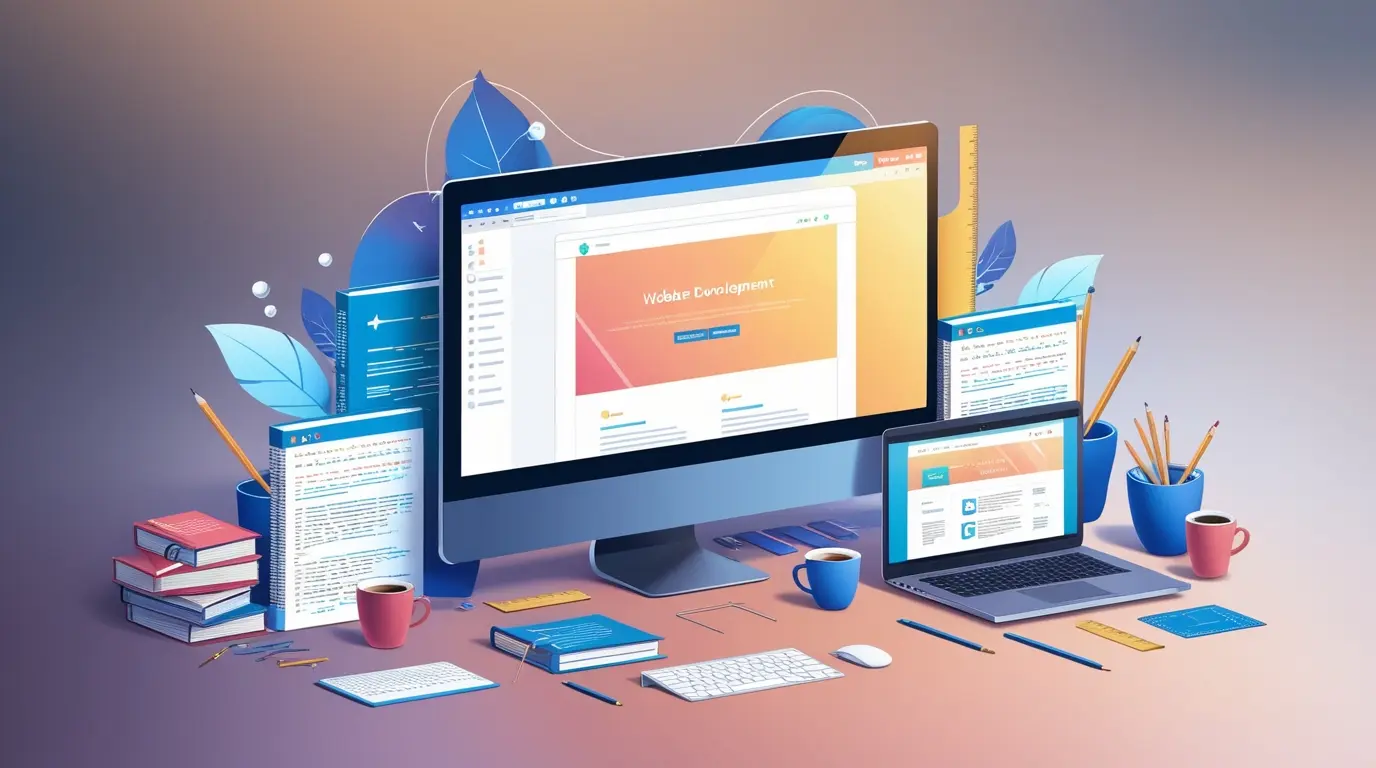In today’s digital-first world, having a strong online presence is essential—and at the core of that presence lies an effective website. But what does it actually take to bring a website to life? Whether you’re an entrepreneur, a marketer, or a nonprofit, understanding the website development process can save time, reduce costs, and lead to better results. This guide walks you through the key stages of building a high-performing website from scratch.
Step 1: Planning and Research
Every successful website development project begins with a solid foundation—clear goals and a deep understanding of your audience. Start by defining your website’s purpose: Do you want to inform, convert, sell, or connect? Knowing your target audience helps shape everything from layout to content tone.
Competitive analysis is also valuable in this phase. By exploring what others in your niche are doing well (or poorly), you’ll gather insights to make your website more strategic and user-focused.
Step 2: Defining the Project Scope
Once your goals are clear, outline what your website needs to achieve them. This includes functionality like contact forms, shopping carts, booking systems, or blogs. Having a well-defined scope helps manage time, resources, and budget.
Without proper planning, website development projects can suffer from scope creep—where new features continuously get added—leading to delays and frustration.
Step 3: Designing the Website
Design brings your ideas to life visually. Wireframes and mockups are created to map out user flow and structure. Once approved, designers incorporate brand elements like color schemes, fonts, and imagery to create an engaging user interface.
Great design isn’t just about looks—it enhances usability. Responsive layouts and intuitive navigation are key to providing a seamless experience across devices.
Step 4: Development Phase
The technical build happens here. Developers use coding languages like HTML, CSS, JavaScript, and backend frameworks to turn the design into a working product. Content management systems (CMS) like WordPress are also configured during this stage if needed.
Performance and responsiveness are priorities during website development. The site should load quickly, adapt to all screen sizes, and function smoothly without bugs.
Step 5: Testing and Quality Assurance
Before going live, rigorous testing ensures your website works flawlessly. Check for broken links, browser compatibility, mobile responsiveness, and form validations. User testing provides real feedback on functionality and usability.
Addressing bugs at this stage is crucial—it protects your brand’s reputation and ensures a positive user experience right from the start.
Step 6: Launching the Website
With testing complete, it’s time to go live. Deployment involves moving the website from a staging environment to a live server, making it accessible to the public.
A successful launch includes SEO setup, analytics integration, and promotional strategies to attract initial traffic. Think email announcements, social media buzz, and search engine submissions.
Step 7: Ongoing Maintenance and Updates
Website development doesn’t end at launch. Regular maintenance keeps your site secure, fast, and relevant. This includes updating plugins, backing up data, and refreshing content.
Monitoring performance through tools like Google Analytics helps identify areas for improvement and ensures your website continues to support your business goals.
Understanding the complete website development process equips you to build a site that delivers results—whether you’re launching a blog, eCommerce platform, or corporate site. From planning and design to launch and maintenance, each step plays a vital role in creating an engaging, reliable, and user-friendly experience. With the right strategy and execution, your website can become a powerful tool for growth and connection
Frequently Asked Questions (FAQs)
1. What is website development?
Website development refers to the process of planning, designing, building, testing, and maintaining websites for individuals, businesses, or organizations.
2. How long does website development take?
The timeline can range from a few weeks to several months, depending on the website’s complexity, features, and available resources.
3. Do I need a developer for my website?
If your project requires custom features or advanced functionality, hiring a developer is recommended. For simpler sites, a CMS like WordPress may suffice.
4. What tools are used in website development?
Common tools include HTML/CSS/JavaScript for coding, CMS platforms like WordPress, design tools like Figma, and analytics tools like Google Analytics.
5. How much does it cost to develop a website?
Costs vary widely based on design complexity, required features, hosting, and whether you hire a professional or build it yourself.
6. Why is ongoing maintenance important for websites?
Maintenance ensures your website remains secure, functional, and up to date. It also helps improve performance and user experience over time.




